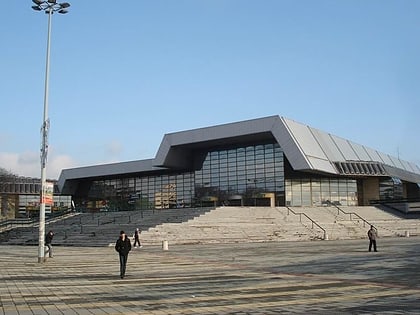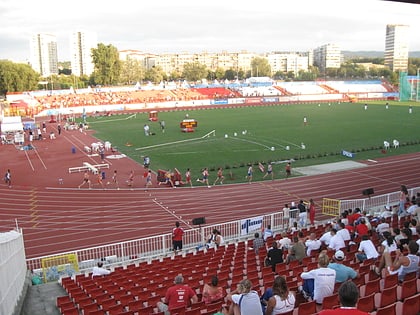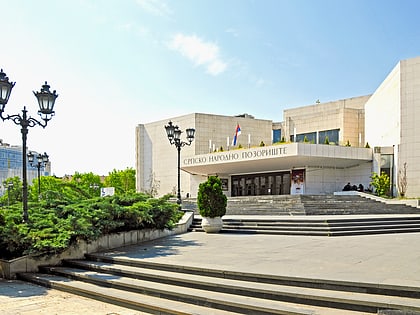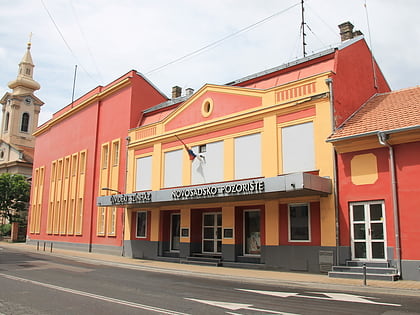Road–Railway Bridge, Novi Sad
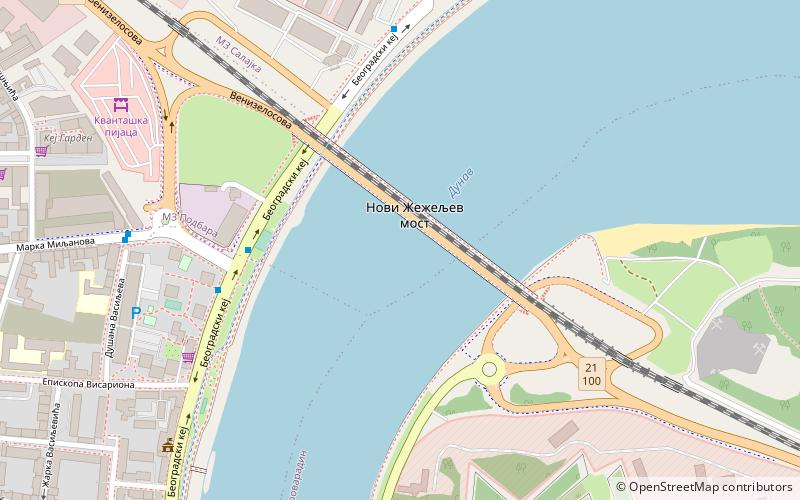

Facts and practical information
Spanning the waters of the Danube in the heart of Novi Sad, Serbia, lies the Road–Railway Bridge, a vital artery connecting the city's two halves and serving as a key conduit for both vehicular and train traffic. This dual-purpose bridge stands as a testament to the city's strategic importance and its role as a crossroads of transportation.
Constructed to replace the original bridge destroyed during NATO's bombing in 1999, the Road–Railway Bridge was completed and reopened in 2000. It is a symbol of resilience and recovery for the people of Novi Sad. The bridge is a critical component of the city's infrastructure, facilitating the seamless movement of goods and people across the Danube, thus bolstering the local economy and linking the city to other major transit routes across Europe.
The Road–Railway Bridge is not just functional but also offers a panoramic view of the river and the city's skyline, including the historic Petrovaradin Fortress. Its robust, utilitarian design reflects the practical nature of its dual use, while also blending into the picturesque setting of the riverbank.
Accessible 24/7, the bridge serves as a lifeline for the city's inhabitants, allowing for the free flow of commerce and daily commuter traffic. Its importance is underscored during peak hours and special events, when it becomes a bustling hub of activity.
Novi Sad
Road–Railway Bridge – popular in the area (distance from the attraction)
Nearby attractions include: Petrovaradin Fortress, Danube Park, Gallery of Matica Srpska, Spens.
Frequently Asked Questions (FAQ)
Which popular attractions are close to Road–Railway Bridge?
How to get to Road–Railway Bridge by public transport?
Bus
- Beogradski Kej - Marka Miljanova • Lines: 6 (5 min walk)
- Marka Miljanova - Kvantas Market • Lines: 6 (8 min walk)




